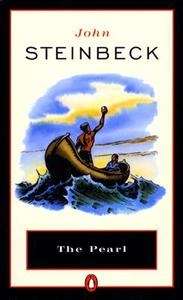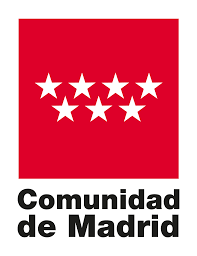The Pearl

Editorial Penguin USA
Fecha de edición febrero 1993
Idioma inglés
EAN 9780140177374
96 páginas
Libro
encuadernado en tapa blanda
Resumen del libro
When the news of Kino's great find the "Pearl of the World" spreads through the small town, no one suspects its power to deceive, to corrupt, to destroy
Like his father and grandfather before him, Kino is a poor diver, gathering pearls from the gulf beds that once brought great wealth to the Kings of Spain and now provide Kino, Juana, and their infant son with meager subsistence. Then, on a day like any other, Kino emerges from th sea with a pearl as large as a sea gull's egg, as "perfect as the moon." With the pearl comes hope, the promise of comfort and of security . . .
A story of classic simplicity, based on a Mexican folk tale, The Pearl explores the secrets of man's nature, the darkest depths of evil, and the luminous possibilities of love.
Biografía del autor
Narrador y dramaturgo estadounidense (Salinas, 1902 - Nueva York,1968) famoso por sus novelas que lo sitúan en la primera línea de la corriente naturalista o del realismo social americano y muy próximo a la crónica periodística. Su estilo se caracteriza,sin embargo, por tener una gran carga de emotividad tanto por sus argumentos como en el simbolismo que trasuntan en situaciones y personajes que crea, como ocurre en sus obras mayores: De ratones y hombres (1937), Las uvas de la ira (1939) y Al este del Edén (1952). Obtuvo el premio Nobel en 1962.








